Staring into abyss: Syria's new rulers grapple with turmoil on path to uncertain future
By Alireza Akbari
After the fall of Bashar al-Assad's government, the new ruling entity in Syria is faced with significant internal and external challenges, threatening its stability and longevity.
Following the December 8 takeover of Damascus by armed militant groups, led by Hay’at Tahrir al-Sham (HTS), the power shift has plunged the war-ravaged Arab country into deeper uncertainty, with analysts warning that the fragile situation may spiral into chaos sooner than anticipated.
Soon after the fall of the Assad government last week, the Israeli regime launched a series of airstrikes across Syria, targeting key locations including Damascus, Homs, Tartous, Latakia, and Palmyra.
The strikes were accompanied by ground incursions, as tanks and armored bulldozers penetrated Syrian territory, beyond the occupied Golan Heights to Qatana, barely 30 kilometers from Damascus.
Observers believe that Israel capitalized on the power vacuum created by Assad’s departure to advance its territorial agenda, which aligns with the so-called “Greater Israel” project.

The HTS remained conspicuously silent on the unprecedented Israeli aggression, refusing to condemn the Israeli aggression and land theft, a move seen by regional experts as a sign of internal instability.
Amid the escalating crisis in Syria, Leader of the Islamic Revolution Ayatollah Seyyed Ali Khamenei discussed the events unfolding in the Arab country in a speech on Wednesday.
“Undoubtedly, the areas occupied in Syria will be liberated by the courageous youth of Syria,” he noted, emphasizing that Assad's fall was plotted in the command rooms of the US and Israel.
Despite Israeli airstrikes, Abu Muhammad al-Jolani, the commander of the HTS militant group, declared that Syria is “not ready for another war.” He refused to unequivocally condemn the Israeli occupation regime, which targeted Syrian military bases, civilian areas, and key infrastructure.
Jolani’s comments came in the wake of at least 480 Israeli airstrikes conducted over two days after Assad left the country, which reportedly decimated the Arab country's entire air force.
Iran’s Leader: Syrian events orchestrated in the command rooms of US and Israel pic.twitter.com/mgYdd1Cf5a
— Press TV 🔻 (@PressTV) December 12, 2024
Scottish journalist Craig Murray highlighted Jolani’s stance in a post on X (formerly Twitter), suggesting it reveals HTS’s priorities. “Al-Jolani has tonight expressly indicated his aim is a sectarian attack against the Axis of Resistance… he made no mention of Israel or its invasion of Syria,” Murray wrote.
According to the Israeli military, these strikes targeted 15 Syrian naval vessels, anti-aircraft batteries, weapons production sites, depots, and a research center across major cities.
Syrian military bases and assets, including tanks, drones, and airbases such as Al-Shayrat, Mezzeh, Kuweires, and Khalkhalah, were among the key targets. Additionally, Israeli forces struck naval facilities in Tartus and the port of Latakia, destroying dozens of docked vessels.
Bassam Haddad, an associate professor at the Schar School of Policy and Government at George Mason University, recently addressed the detrimental impact of Israeli attacks on Syria's defense capabilities in a post on his X account.
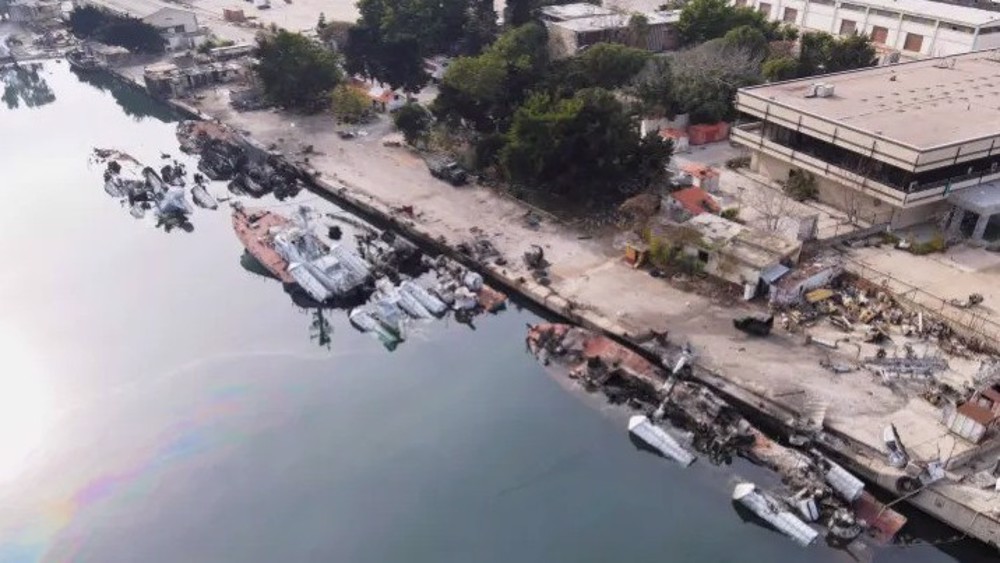
"The effective unprecedented defanging and destruction of the Syrian state’s defense and intelligence capabilities by Israel as of today will have reverberations for decades to come," he wrote.
Haddad emphasized that Syria is now left almost completely "defenseless against any Israeli or other military aggression," noting that its military capacity is limited to light arms and equipment that are inadequate for any significant battle.
Also, the scale of destruction drew parallels to historical battles. Egyptian-American television host Bassem Youssef shared an image of a destroyed Syrian warplane on X, comparing it to Egypt’s losses in the 1967 war, where Israeli forces decimated Egyptian aircraft on the ground before occupying Sinai.
As Syria's new ruling dispensation grapples with a power transition, analysts observe a strategic pattern in Israeli forces' incursions, describing it as an exercise in expansionism within Syrian territory.
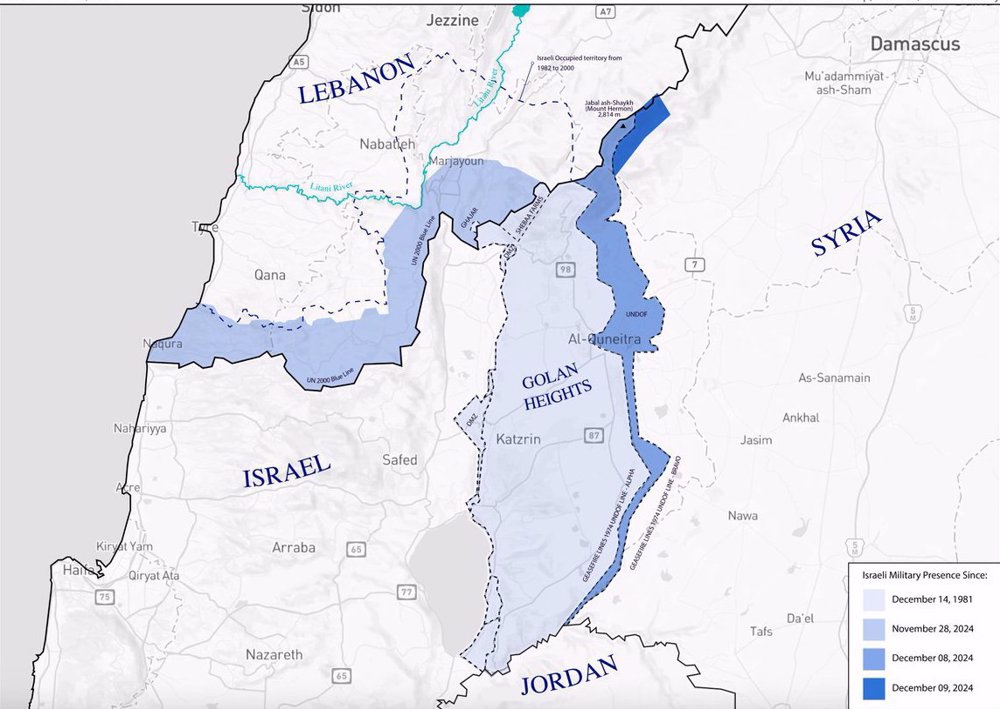
According to activists, the Israeli occupation of Mount Hermon was particularly highlighted for its geopolitical significance, enhancing the regime's surveillance capabilities over southern Lebanon, the Bekaa Valley, and deep into Syrian territory.
“Israel has just taken land in Syria up to twice the size of the Gaza Strip and Israeli tanks are within 30 miles of Damascus and possibly closer…Yet HTS has not fired one single shot at an Israeli soldier,” wrote Murray on X, criticizing the inaction of HTS amid Israel’s ground offensives.
American presidential candidate Jill Stein joined the condemnation, labeling Israel’s bombing and invasion of Syria as “an illegal land grab.” She urged Washington to halt military aid to Israel.
“Cut off US weapons and money to this genocidal expansionist regime now,” she stated.
Israeli Prime Minister Benjamin Netanyahu, for his part, characterized the Israeli military incursions as “a temporary defensive position” in a video message shared on X.
Syria’s new ruling entity remains beleaguered, witnessing Israeli advances from the southwest and west like a toothless tiger, unable to fend off the aggression or condemn it openly.
Compounding its challenges, the northern regions of Syria remain under the control of the US-backed Syrian Democratic Forces (SDF), which continue to clash with HTS militants.
Heavy fighting has been reported in Manbij, Kobane, Raqqa, and Deir ez-Zor, with both sides employing modern weaponry in a bid to assert dominance over key Syrian territories.
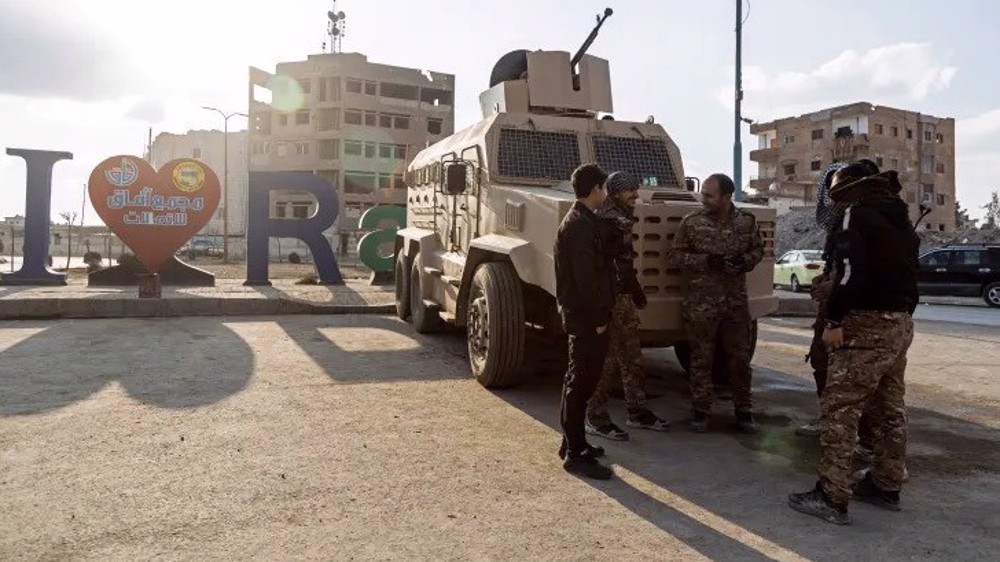
Besides, the new ruling dispensation faces more challenges as Takfiri members of HTS continue to defy the group’s pledge to respect minorities and their religious sites and sanctities in the country.
Many shocking videos have emerged in recent days showing militants targeting minorities, including brutal acts such as shootings and throat-slashing, especially those considered close to Assad.
Humanitarian crises have emerged as another critical challenge for the new rulers with the UN World Food Programme (WFP) sounding the alarm on Syria’s worsening food insecurity.
Carl Saku, the WFP’s deputy executive director, recently reported that over “3 million” Syrians were experiencing acute food shortages before the December 2024 events in Syria where the agency was only able to provide aid to two-thirds of those in need.
Analysts predict the figure to be significantly higher, with humanitarian statistics indicating that “16.7 million” people required assistance in 2024.
European Civil Protection and Humanitarian Aid Operations (ECHO) noted, “14 years of war left people in Syria facing mass displacement, widespread food insecurity, crumbling infrastructure, economic decline, and preventable diseases, with some 16.7 million people in urgent need of assistance.
Escalating hostilities in Lebanon have also worsened the situation, pushing thousands of them into Syria, who find themselves in a complicated situation. There are reports that tens of thousands of Syrians, mostly from the minority community, are now heading to Lebanon, Iraq and Iran.
Years of crippling and cruel sanctions have exacerbated the crisis in the Arab country. The United States and the European Union have imposed extensive economic restrictions on Syria since 2011.
Under Executive Order 13582, the Obama administration froze Syrian government assets, banned petroleum imports, and curtailed financial transactions, which left the Assad government with scarce resources to meet the needs of the population.
The Caesar Act of 2020 further targeted foreign entities dealing with Syria, particularly in the energy and construction sectors, compounding the country's economic woes.

The economic impact has been catastrophic. According to World Bank data released in May 2024, Syria’s GDP declined by 1.5% in 2024, building on a 1.2% drop the previous year. Poverty has surged, affecting 69% of the population, leaving millions unable to access basic necessities.
Syria's sanctions-battered economic situation continued to deteriorate in 2023, with indicators of economic activity showing an alarming decline. Nighttime light emissions, a proxy for economic vitality, fell by 1.2% year-on-year, particularly along the Western borders, partly due to reduced trade activity.
Similarly, nighttime gas-flaring data revealed a 5.5% drop in oil production, largely attributed to infrastructure damage caused by the February 2023 earthquake.
The intersection of sectarian violence, food insecurity, and economic sanctions paints a dire picture for Syria under the new militant leadership to address these complex issues.
According to experts, the HTS now faces compounded economic challenges, exacerbated by sanctions and infrastructure destruction from Israeli strikes. Tel Aviv’s ongoing attacks have targeted critical infrastructure, further undermining recovery efforts in an already fragile economy.
The power shift in Syria, with HTS at its center, has raised significant concerns with analysts questioning the militant group’s ability to secure “local legitimacy and gain international recognition.”
Neighboring countries and important global actors are closely monitoring developments in the country, particularly as HTS struggles to project stability amid the simmering chaos.

Israel organizes controversial hiking tours for settlers in occupied Syrian territory: Report
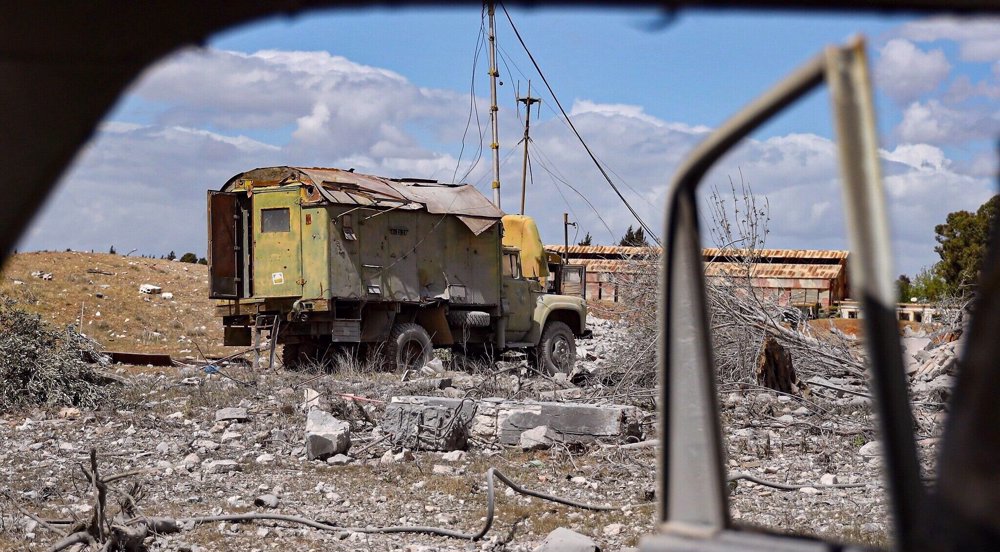
Israel claims it destroyed former military site in southern Syria
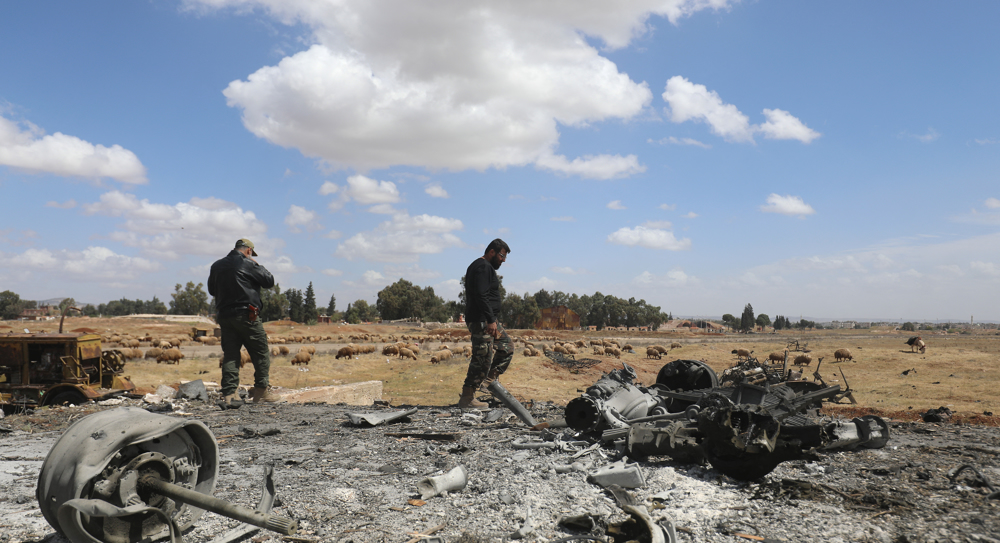
Britain urges Israel to respect Syria’s borders, prioritize diplomacy
VIDEO | Press TV's news headlines
VIDEO | Paris hosts week-long pro-Palestinian rallies
US ‘Tactical Terrorism Response Team’ flags pro-Palestinian attorney at customs
VIDEO | Pro-Palestine demonstrators in UK slam BBC
VIDEO | Protesters form human chain in front of US Embassy in London
Removal of US’s oppressive sanctions one of Iranian nation’s most basic rights: First VP
Gaza’s children paying for Netanyahu’s political ambitions with blood: Hamas
Hamas releases video showing Israeli-American captive alive


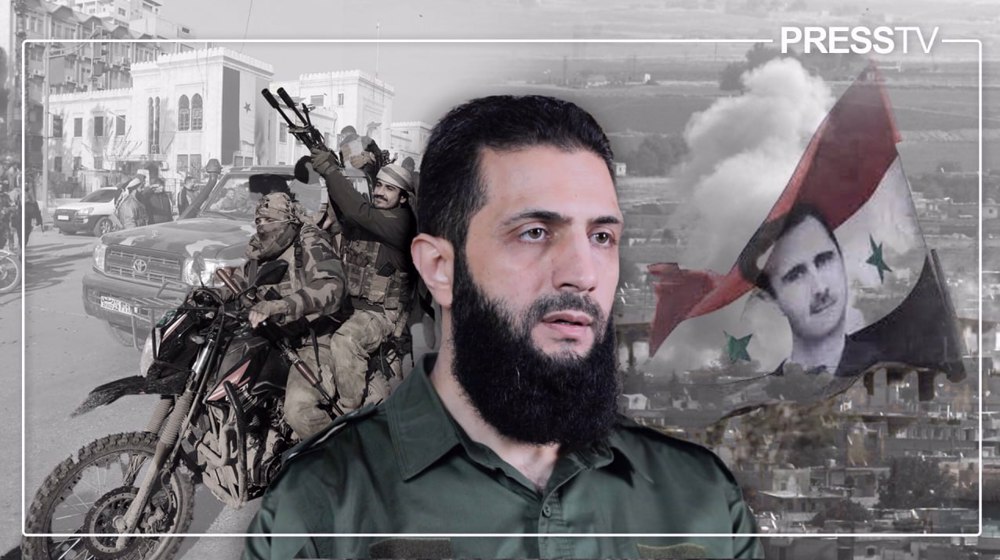




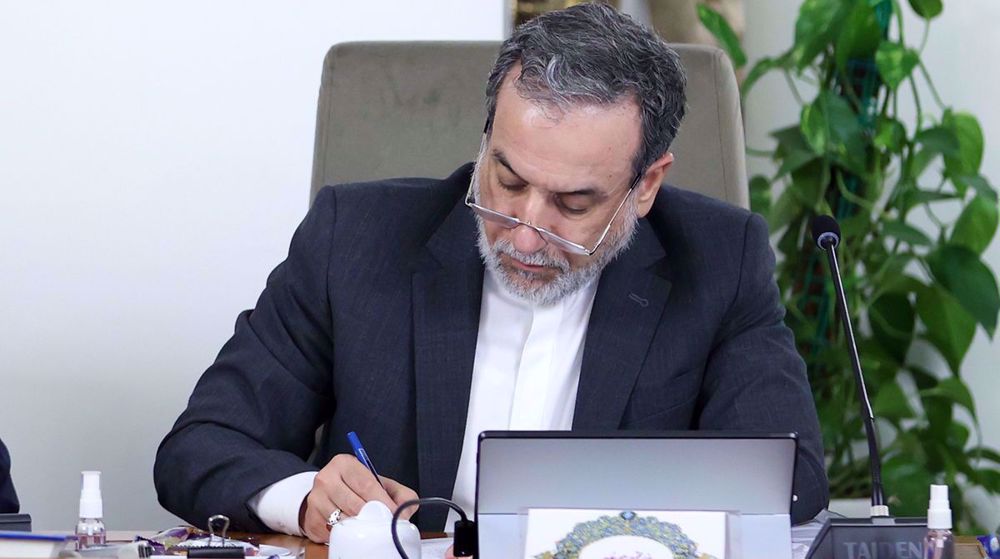
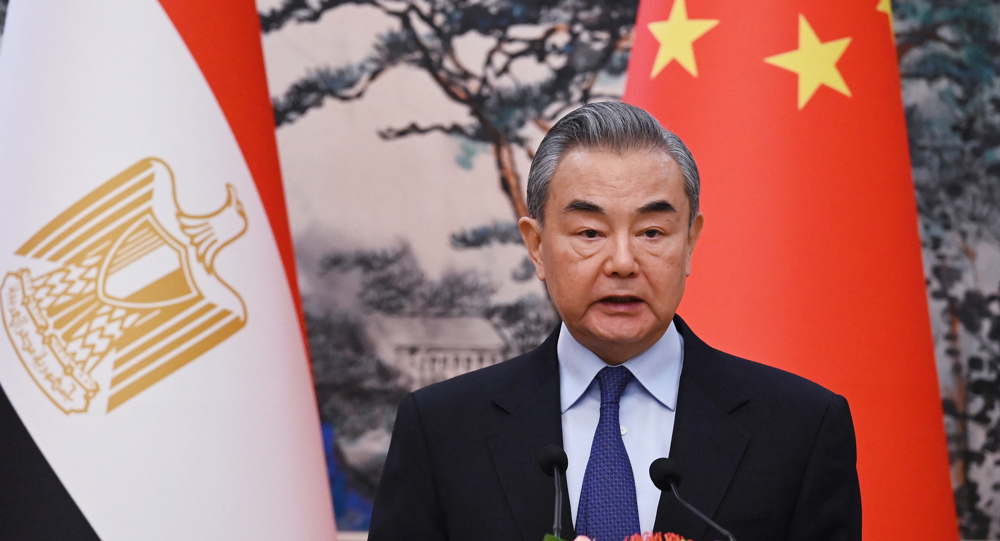



 This makes it easy to access the Press TV website
This makes it easy to access the Press TV website